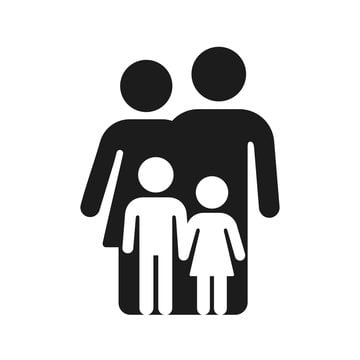Nurturing Peaceful Problem Solvers: A Parent's Guide to Conflict Resolution
Conflict is an inevitable part of life. Equipping children with effective conflict resolution skills isn't just about managing disagreements; it's about fostering empathy, compassion, and the ability to navigate challenging interpersonal dynamics. This comprehensive guide offers fifteen practical strategies to help you cultivate peaceful problem-solving within your family.
Laying the Foundation: Early Intervention and Role Modeling
Begin teaching conflict resolution skills early. Children as young as preschool age can learn to express their emotions and understand different perspectives. Modeling peaceful conflict resolution is paramount. Children learn by observing, so demonstrate effective communication and problem-solving techniques in your own interactions.
Essential Communication Skills: Active Listening and "I" Statements
Active listening is crucial. Teach children to pay attention, understand different viewpoints, and respond thoughtfully. Encourage the use of "I" statements ("I feel frustrated when..." or "I would appreciate it if...") to express feelings without blaming or attacking others. This promotes assertive communication, a key element of conflict resolution.
Problem-Solving Prowess: Collaboration and Negotiation
Guide children through the problem-solving process. Encourage brainstorming solutions together, weighing consequences, and considering different perspectives. Teach negotiation skills, emphasizing finding mutually beneficial compromises ("win-win" solutions) to build cooperation and strong interpersonal skills.
Cultivating Empathy and Understanding
Empathy is the cornerstone of peaceful conflict resolution. Help children understand the feelings and needs of others involved in a conflict. Encourage them to consider different perspectives and practice putting themselves in someone else's shoes. Regular family meetings, or "empathy circles," can provide a safe space for sharing feelings and fostering understanding.
Reinforcement, Boundaries, and Seeking Support
Positive reinforcement is key. Acknowledge and praise children's efforts to resolve conflicts peacefully. This strengthens their skills and encourages future positive behavior. Establishing clear boundaries and consequences for unacceptable behavior helps children understand limits and find solutions within those boundaries. Remember, seeking professional guidance from a family therapist or counselor is a sign of strength, not weakness, if you're facing persistent challenges in conflict resolution.
Engaging Methods: Play, Literature, and Beyond
Incorporate problem-solving into everyday activities. Use board games, role-playing, and other activities to provide practical opportunities to apply conflict resolution skills. Introduce children to books and stories that model peaceful conflict resolution, offering relatable examples and valuable lessons. Creating a safe and supportive home environment, where children feel comfortable expressing themselves, is vital for effective conflict resolution.
Conclusion: A Lifelong Skill
Teaching children conflict resolution is an investment in their future well-being. By fostering empathy, promoting effective communication, and providing ongoing guidance, you empower them to become peaceful and compassionate individuals capable of navigating life's inevitable conflicts with grace and maturity. This is a lifelong skill, impacting their relationships, academic success, and overall happiness. How do you approach conflict resolution in your own family? Share your experiences and strategies in the comments below.




